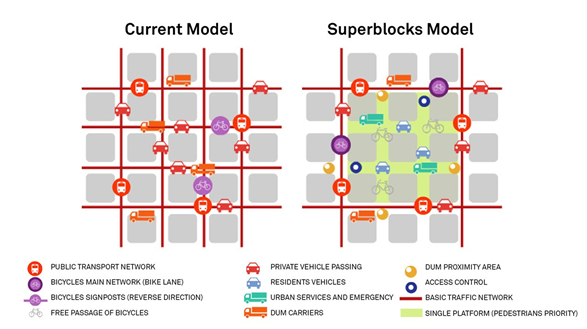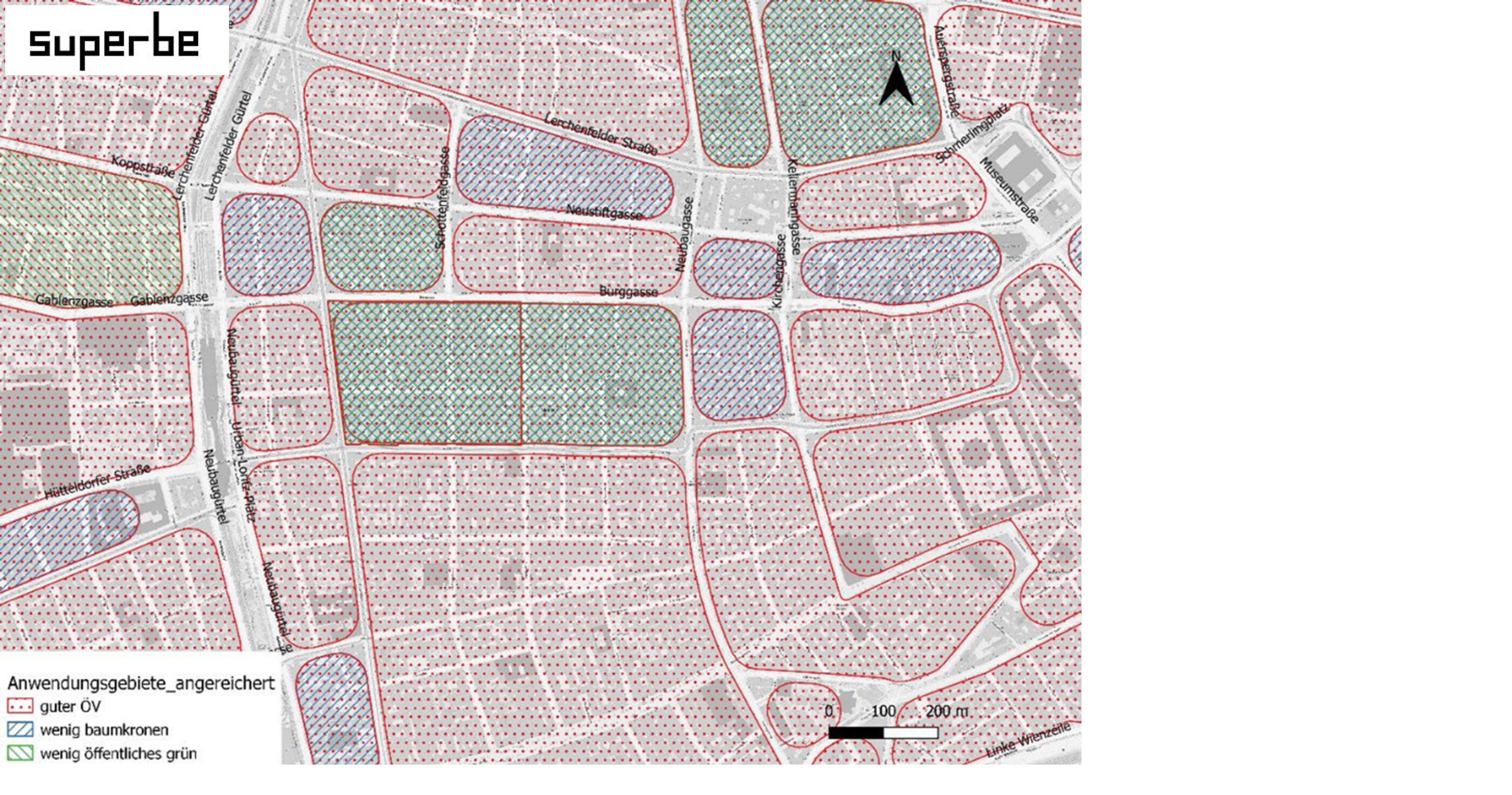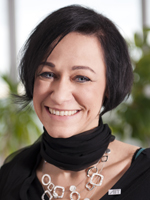Potentials of Superblock concepts as a concept for planning energy-efficient urban quarters
In view of the need to significantly reduce energy consumption in cities and cut greenhouse gas emissions, new planning measures must be developed to reduce energy requirements, especially in the mobility and building sectors. The feasibility study SUPERBE investigated the spatial organisation principle of Superblocks for possible applications in the context of Austrian cities. This urban planning tool, already applied in Barcelona and other cities, allows a reorientation of transport priorities in order to design streets and public areas as residential environments in the sense of a predominantly pedestrian-oriented city. The implementation of Superblocks offers several opportunities for energy savings by avoiding traffic, by shifting traffic volume to sustainable forms of mobility, and finally by the possibility to reclaim street spaces as public spaces with a high quality of life to enhance the direct living environment.
(Figure: SUPERBE consortium extended based on BCN-Ecologia scheme)
The SUPERBE project used the case of the City of Vienna to investigate how possible areas of application can be systematically identified, taking urban morphological criteria into account. Three study areas were used to demonstrate how these can be designed as superblocks in terms of traffic and open space planning. In addition, it was examined which area potentials for a redesign of public space and which saving potentials regarding energy consumption and greenhouse gas emissions would be foreseeable.
The findings of the feasibility study show that superblock solutions can be implemented in the context of Vienna - especially districts with a Wilhelminian influence are represented in the possible areas of application identified by GIS analysis. The detailed elaboration of the structural redesign in the three selected Superblock candidates illustrates the potentials for redesigning public space. The tree population could be increased up to 6 times the initial value, the possible area for green infrastructure (tree slices, plant basins, etc.) could be increased 5 times. A mode choice model was also used to map the potential for energy savings through short-term modal shift effects in the transport sector. It was shown that up to 0.790 car-km per person and day or 738 kg CO2 per day can be saved in the example Superblocks.






![[Translate to English:] Stamp "Awarded at the VCÖ Mobility Award Austria 2020" (in German)](/fileadmin/mc/mobility/Projects/IMS/SUPERBE/Stempel_ausgezeichnet_vom_VCOE_2020.png)